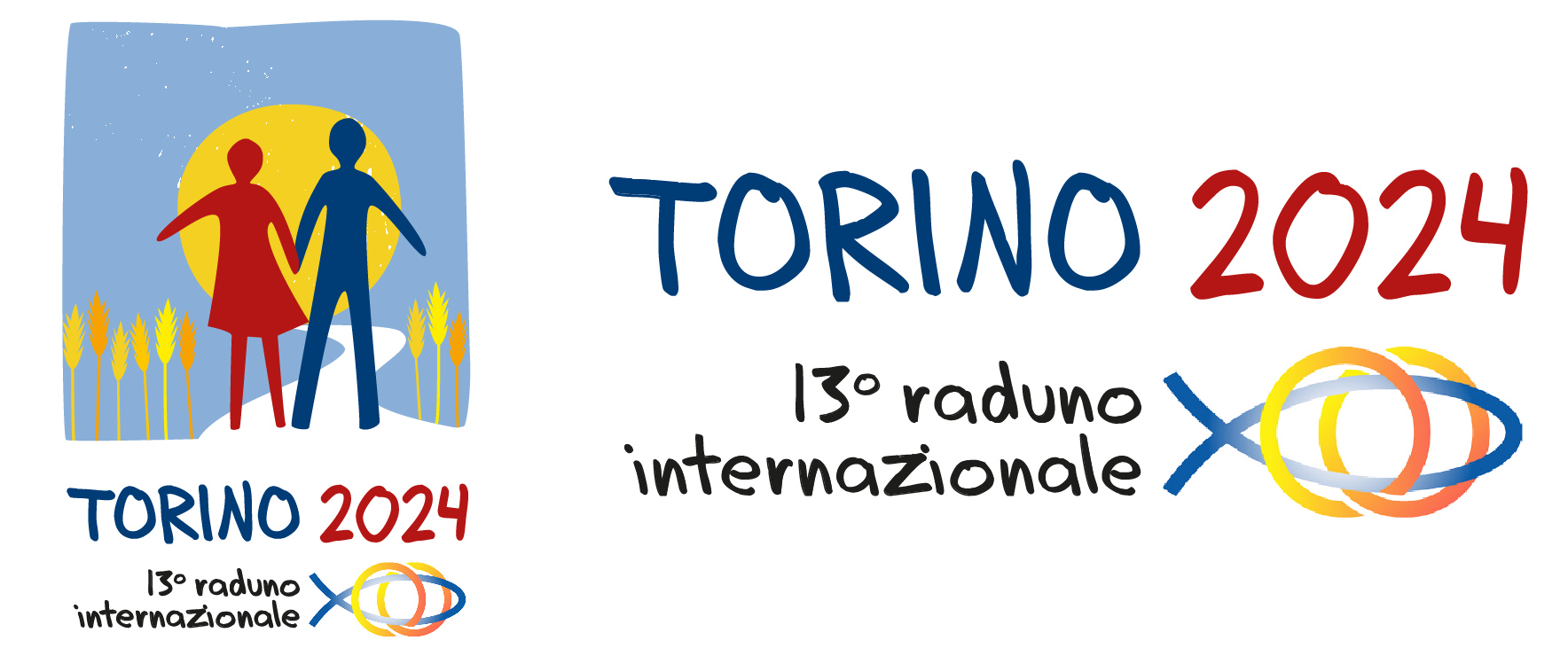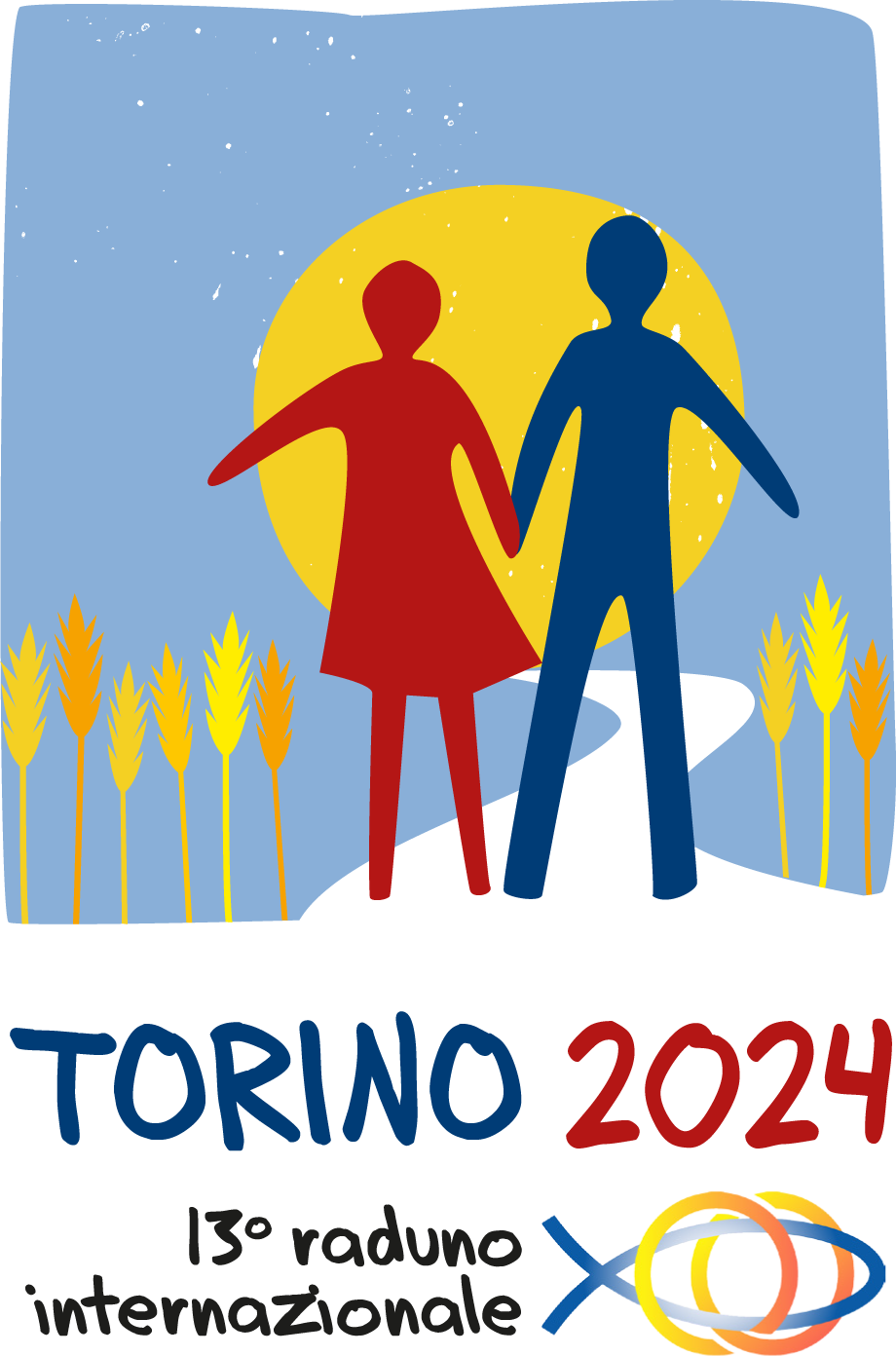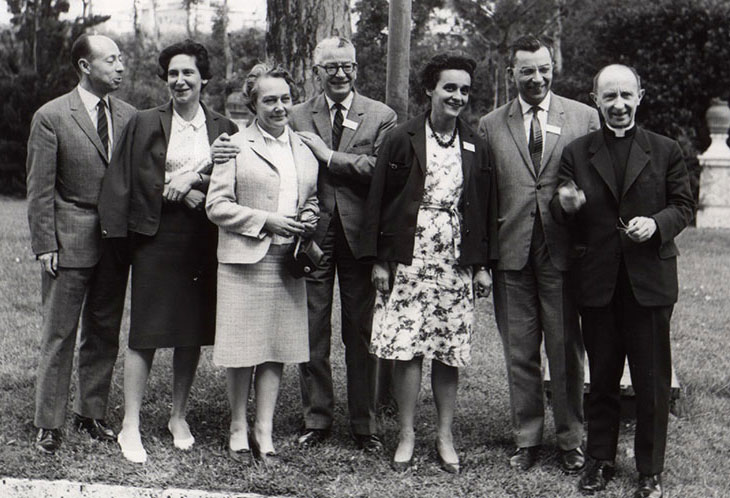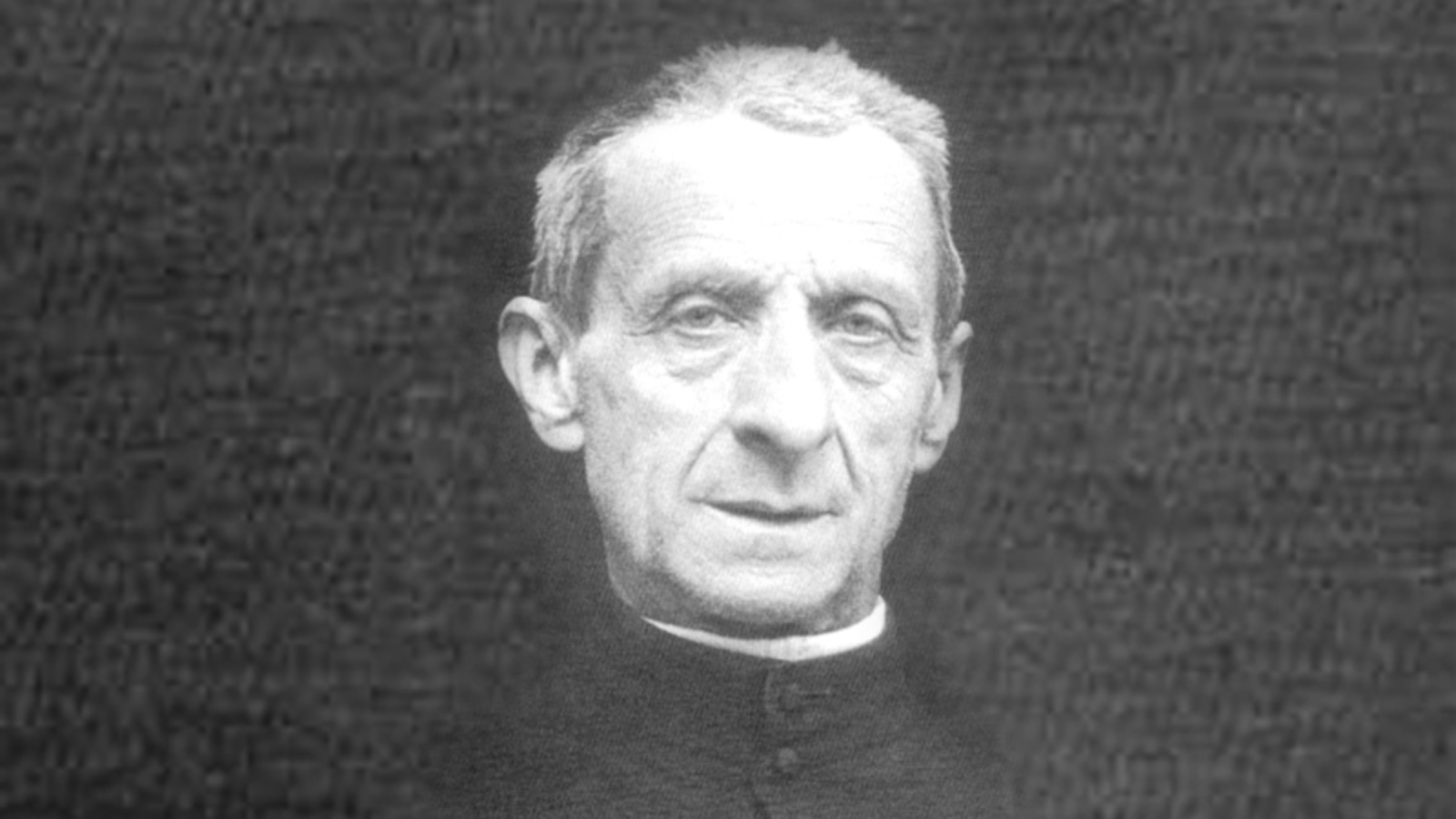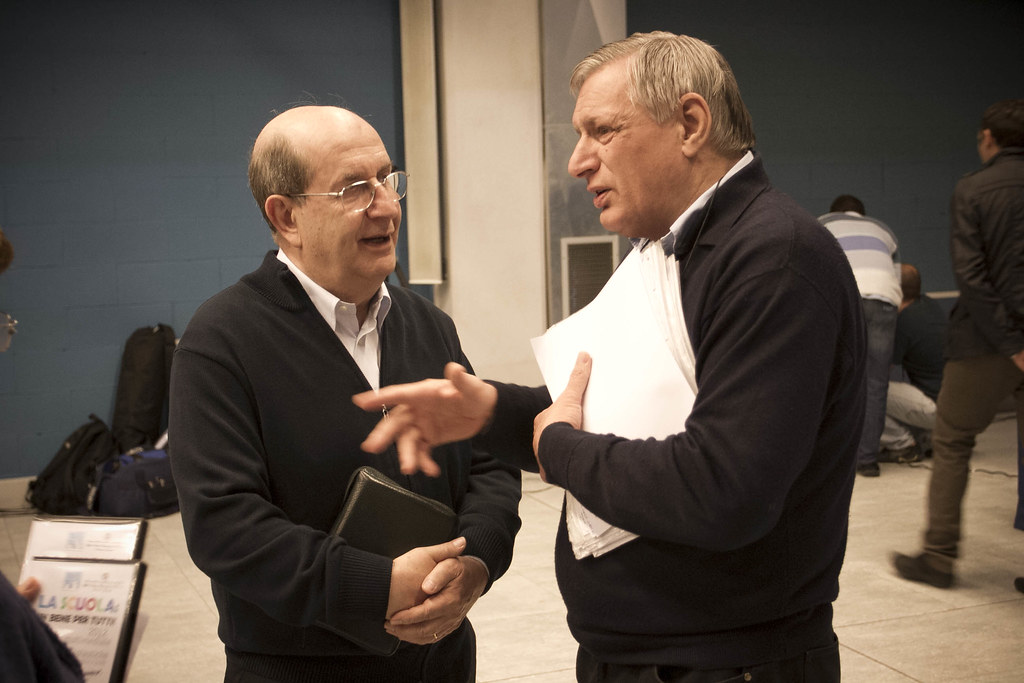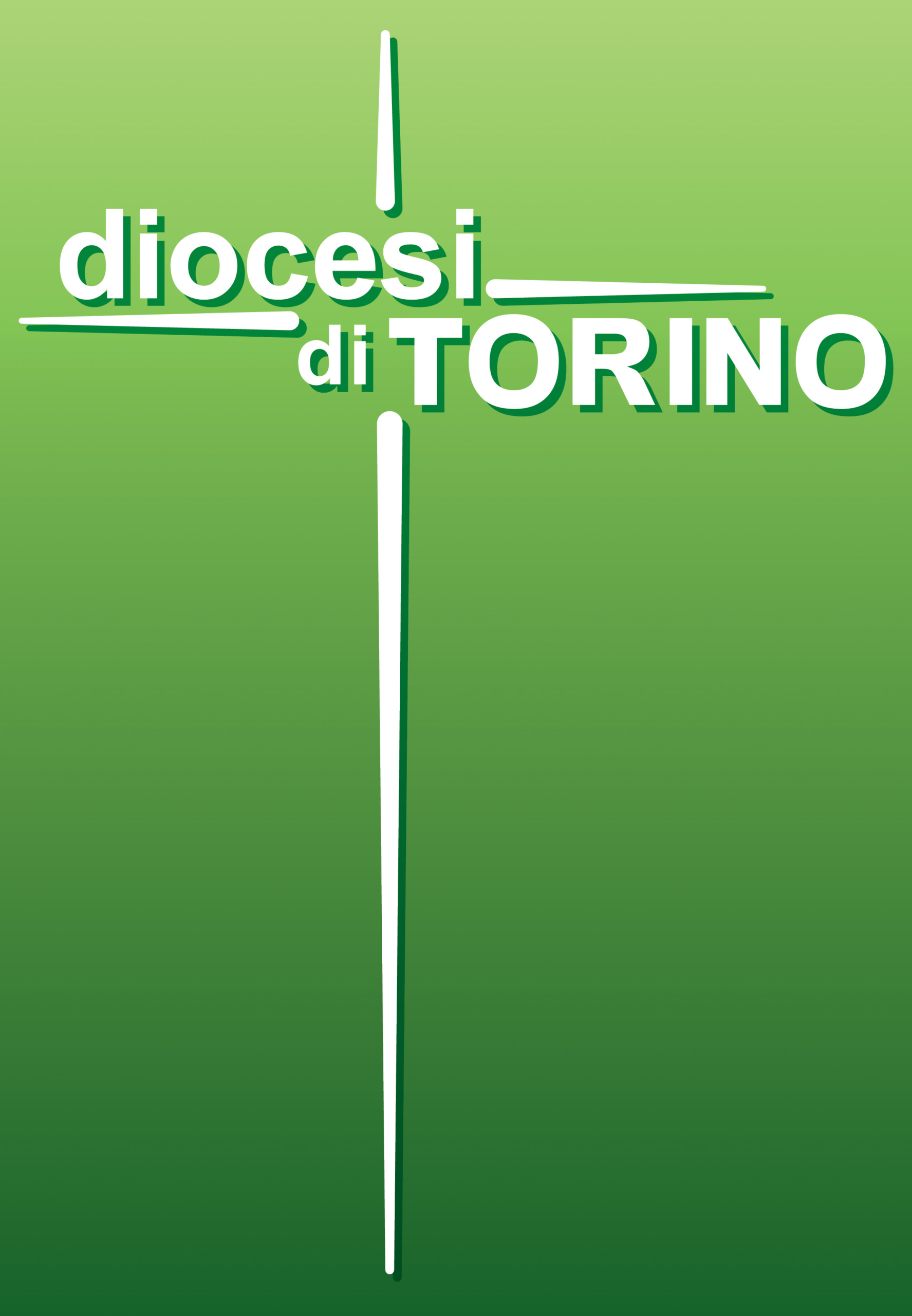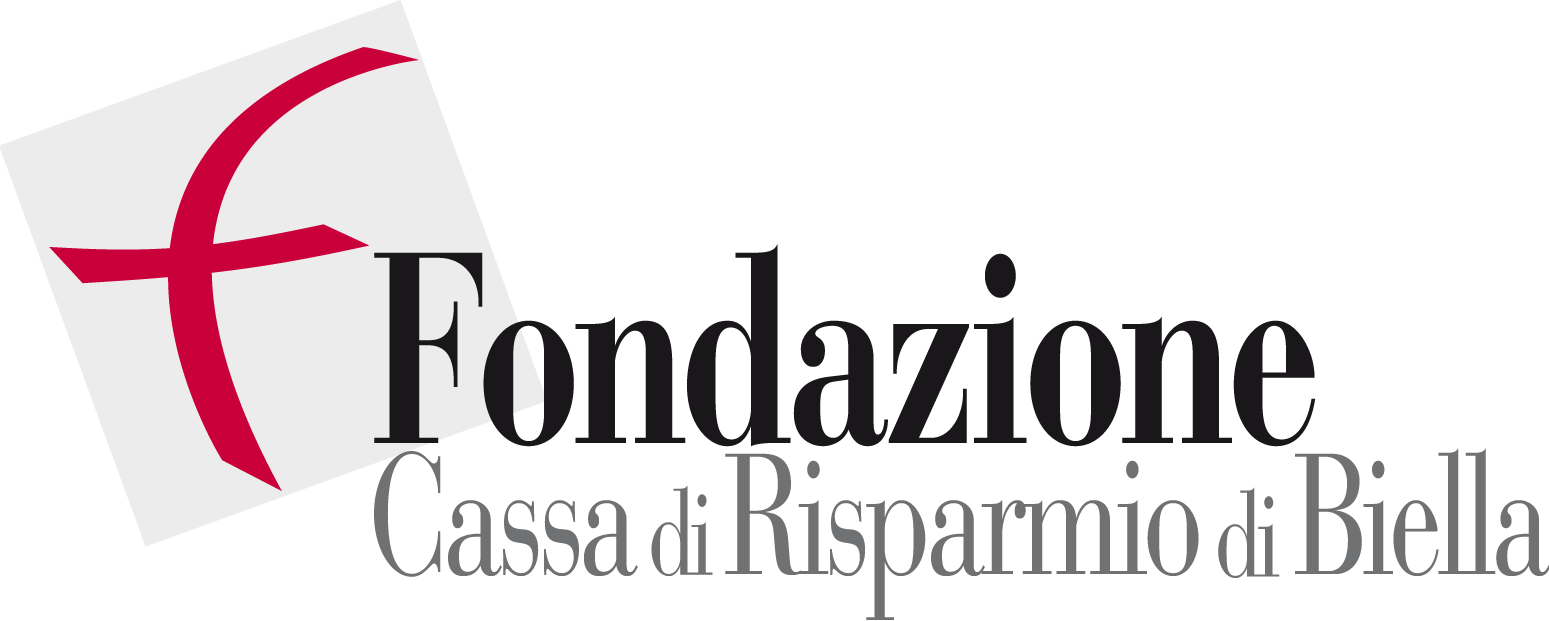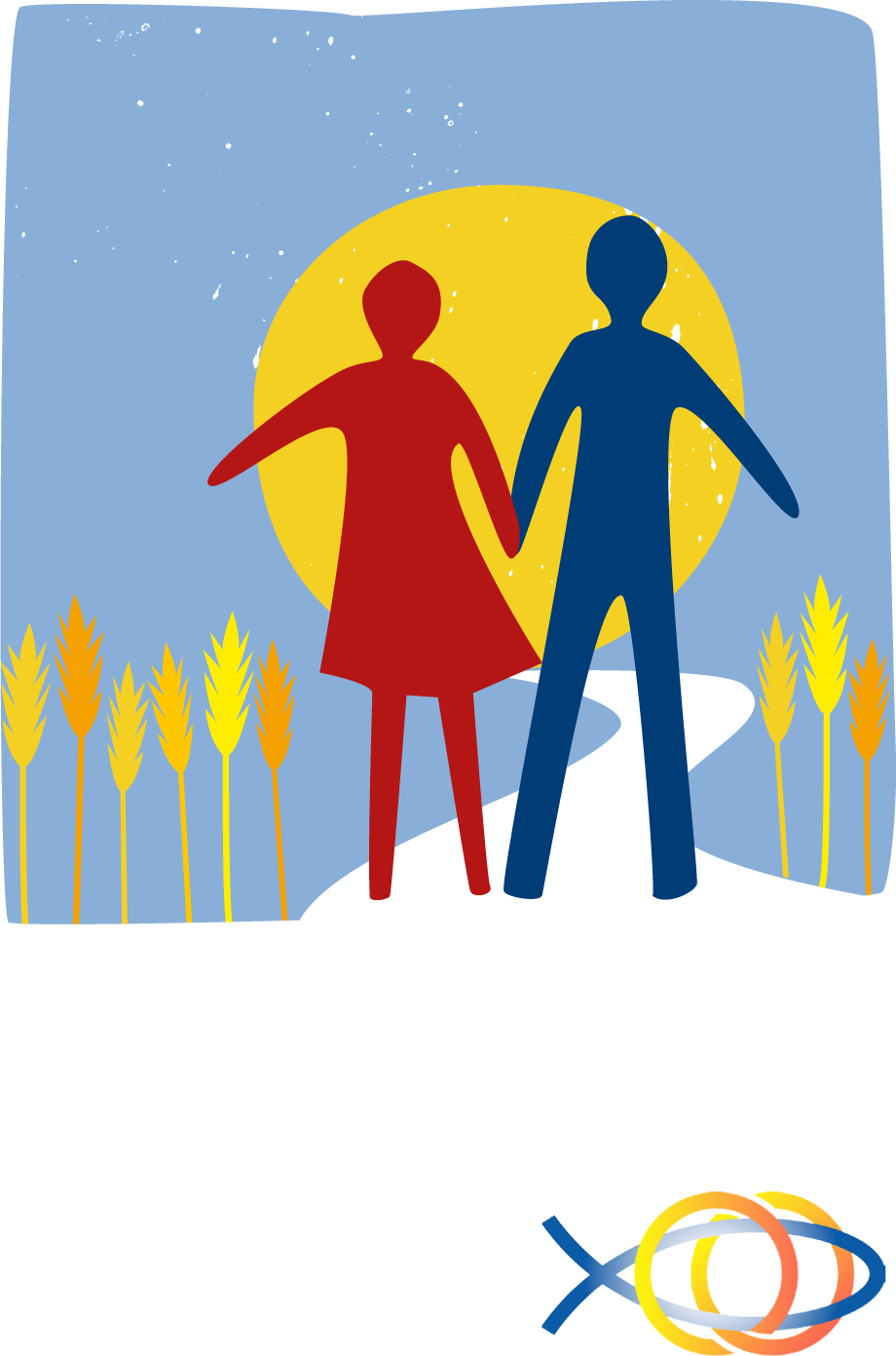The Shroud is a linen sheet woven in a herringbone pattern measuring approximately 4.41 x 1.13 meters, containing the double image, juxtaposed to the head, of the corpse of a man who died following a series of tortures culminating in crucifixion. The image is surrounded by two singed black lines and a series of lacerations: these damages go back to the 1532 fire in Chambéry. According to tradition, it’s the Shroud mentioned in the Gospels used to wrap Jesus’ body in the tomb. This tradition, although confirmed by numerous scientific investigations, cannot yet be said to be definitively proven.
Certainly, the Shroud, due to the characteristics of its imprint, represents a direct and immediate reference that helps understanding and meditate on the dramatic reality of Jesus’ Passion. This is why Pope Saint John Paul II called it ‘Mirror of the Gospel’. The Shroud is preserved in Turin’s Cathedral (Piazza San Giovanni), in the last chapel of the left aisle, under the Royal Tribune. The Shroud cannot be seen. The Cloth is inside a ‘conservation case’, which in turn is enclosed in a large metal box. It is normally only taken out at public ostensions. Pilgrims can reach the chapel and stop in prayer outside (there are pews and kneelers in front of the chapel’s glass pane). They will then find themselves right in front of the case that holds the Shroud.
For the Savoy Monarchy, the Shroud was more than a ‘court relic’: the cloth represented the faith of the rulers and the people’s loyalty to that devotion. In 1983, Umberto II, the last head of the Monarchy, bequeathed the Shroud to the Holy See, but already since 1978, the Church had begun a path of ‘popular devotion’ by attracting millions of people in pilgrimage to contemplate an image that had not been publicly displayed since 1933. Three million people came to Turin; in the years that followed, this very special pilgrimage also became a pastoral opportunity: the popes and archbishop-guardians offered important reflections on the significance of this image that remains a mystery to science. (In 1988, a Carbon-14 test was performed on a fragment of the Cloth, which attributed a medieval origin to the Shroud: but the method and results of that experiment are still disputed).
“Silent Witness” (Paul VI); “Mirror of the Gospel” (John Paul II); “Icon of Holy Saturday” (Benedict XVI): the Magisterium of the Popes has strongly linked the Shroud to its central meaning: icon of the Lord’s Passion, which questions our faith and humanity on the meaning of life and death, and on the hope that comes from charity.
The Shroud is a linen sheet woven in a herringbone pattern measuring approximately 4.41 x 1.13 metres, containing the double image attached to the head of the corpse of a man who died following a series of tortures culminating in crucifixion. The image is surrounded by two black streaked lines and a series of gaps: these are the damages from the fire in Chambéry in 1532. According to tradition, it is the Sheet mentioned in the Gospels that was used to wrap Jesus’ body in the tomb. This tradition, although it has been confirmed by numerous scientific investigations on the Sheet, cannot yet be said to be definitively proven.
Certainly, however, the Shroud, due to the characteristics of its imprint, represents a direct and immediate reference that helps to understand and meditate on the dramatic reality of Jesus’ Passion. This is why Pope Saint John Paul II called it a ‘mirror of the Gospel’. The Shroud is kept in the Cathedral of Turin (Piazza San Giovanni), in the last chapel of the left aisle, under the Royal Tribune. The Shroud cannot be seen. The Cloth is inside the ‘conservation case’, which in turn is enclosed in a large metal box. It is normally only taken out at public expositions. Pilgrims can reach the chapel and stop in prayer outside (there are pews and kneelers in front of the chapel window). They will then find themselves right in front of the case that holds the Shroud.
For the House of Savoy, the Shroud was more than a ‘court relic’: the cloth represented the faith of the rulers and the loyalty of the people to that devotion. In 1983, Umberto II, the last head of the House, bequeathed the Shroud to the Holy See, but already before that, in 1978, the Church had begun a path of ‘popular devotion’ by attracting millions of people to pilgrimage to contemplate an image that had not been publicly displayed since 1933. Three million people came to Turin; in the years that followed, this very special pilgrimage also became a pastoral opportunity: the popes and archbishop-guardians offered important reflections on the significance of this image that remains a mystery to science (In 1988, a Carbon-14 test was performed on a fragment of the Cloth, which attributed a medieval date to the Shroud: but the method and results of that experiment are still disputed).
“Silent Witness” (Paul VI); “Mirror of the Gospel” (John Paul II); “Icon of Holy Saturday” (Benedict XVI): the Magisterium of the Popes has strongly linked the Shroud to its central meaning: icon of the Lord’s Passion, which questions our faith and humanity on the meaning of life and death, and on the hope that comes from charity.
Marco Bonatti, head of communication in the Diocesan Commission for the Shroud
